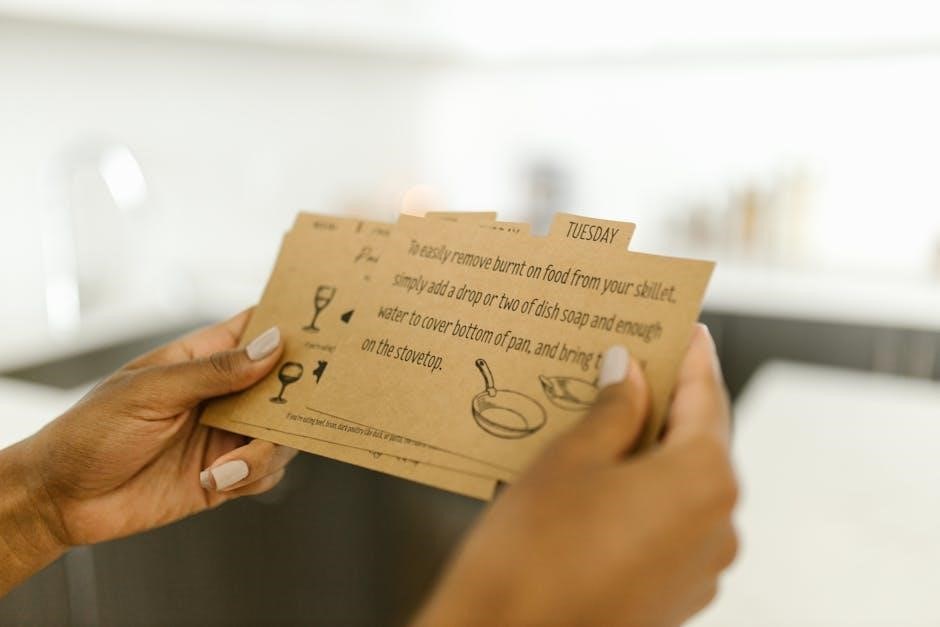Welcome to the comprehensive guide for your Singer Brilliance sewing machine! This manual serves as your key to unlocking the full potential of your machine. Discover clear, concise instructions for setup, operation, and maintenance. Master every feature and function, ensuring successful sewing projects from start to finish.
Overview of Singer Brilliance Models
The Singer Brilliance series represents a line of user-friendly sewing machines designed to cater to both beginners and experienced sewers. These models, including the 6160, 6180, and 6199, are known for their ease of use, versatility, and range of features that simplify the sewing process. Each model in the Brilliance series offers a selection of built-in stitches, automatic features, and adjustable settings, allowing users to tackle a wide variety of sewing projects.
From basic alterations to intricate designs, the Singer Brilliance machines are equipped to handle different fabric types and sewing techniques. The series emphasizes convenience with features like automatic needle threaders, quick-set bobbin systems, and adjustable stitch lengths. These machines are designed to make sewing more accessible and enjoyable for users of all skill levels.
The Brilliance models often include accessories such as different presser feet, bobbins, and needles, providing a comprehensive sewing package. With their combination of functionality, user-friendly design, and reliable performance, the Singer Brilliance series is a popular choice for home sewers looking for a versatile and efficient sewing machine.
Identifying Your Specific Model (6160, 6180, 6199)
Accurately identifying your Singer Brilliance model (6160, 6180, or 6199) is crucial for accessing the correct resources and understanding its specific features. The model number is typically located on the machine’s exterior, often on a sticker or plate near the base, back, or side. Carefully examine these areas for a clearly printed number.
Each model in the Brilliance series boasts unique functionalities and stitch patterns. The 6160, for example, may have a different number of built-in stitches compared to the 6180 or 6199. Similarly, the 6199 might offer advanced features not found in the other two. Consulting the specific user manual for your identified model is essential.
The user manual provides detailed information about the machine’s components, settings, and troubleshooting tips. Online resources, such as the Singer website or sewing forums, are also valuable sources of information once you know your model number. Proper identification ensures you receive the correct guidance for optimal use and maintenance.
Essential Components and Their Functions
Understanding the essential components of your Singer Brilliance sewing machine is key to its proper operation. The power switch turns the machine on and off, while the foot pedal controls the sewing speed. The handwheel allows for manual needle movement, providing precise control.
The needle, secured by the needle clamp, pierces the fabric to form stitches. The presser foot holds the fabric in place, and the presser foot lifter raises and lowers it. The bobbin winder fills the bobbin with thread, which is then placed in the bobbin case under the needle plate.
The thread take-up lever moves up and down, pulling thread from the spool. The tension dial regulates thread tension, affecting stitch quality. Stitch selection is managed via the stitch selector dial or buttons; The reverse lever or button allows for backstitching, securing seams. These components work in harmony for successful sewing.
Setting Up Your Singer Brilliance
Properly setting up your Singer Brilliance sewing machine is crucial for smooth operation. Begin by placing the machine on a stable, flat surface. Ensure sufficient lighting to avoid eye strain. Connect the power cord to the machine and plug it into a functioning electrical outlet.
Next, attach the foot pedal to the machine, ensuring it’s within comfortable reach. Locate and install the appropriate needle for your project, securing it tightly with the needle clamp screw. Raise the presser foot using the presser foot lever.
Now, prepare the bobbin. Wind the bobbin with thread, following the bobbin winding instructions. Insert the bobbin into the bobbin case, ensuring it rotates in the correct direction. Place the bobbin case into the machine’s bobbin compartment. Finally, thread the upper thread according to the machine’s threading guide, and you’re ready to sew!
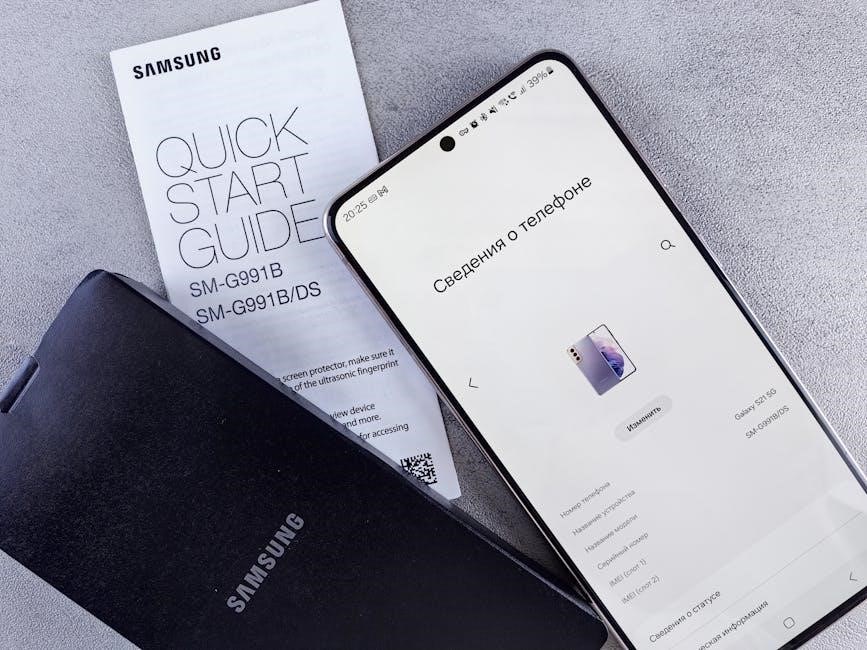
Threading the Machine (Top Thread and Bobbin)
Threading your Singer Brilliance correctly is essential for achieving even stitches. First, raise the presser foot to release tension. Place a spool of thread on the spool pin and secure it with the spool cap. Follow the numbered threading guides on your machine, guiding the thread through each point.
Next, thread the tension discs, ensuring the thread sits snugly between them. Continue guiding the thread down to the take-up lever, threading it from right to left. Finally, thread the needle from front to back.
For the bobbin, wind it evenly with thread, following the machine’s instructions. Insert the bobbin into the bobbin case, ensuring it rotates counterclockwise. Draw the bobbin thread up through the needle plate by holding the top thread and turning the handwheel towards you. Both threads are now ready for sewing!
Basic Sewing Techniques
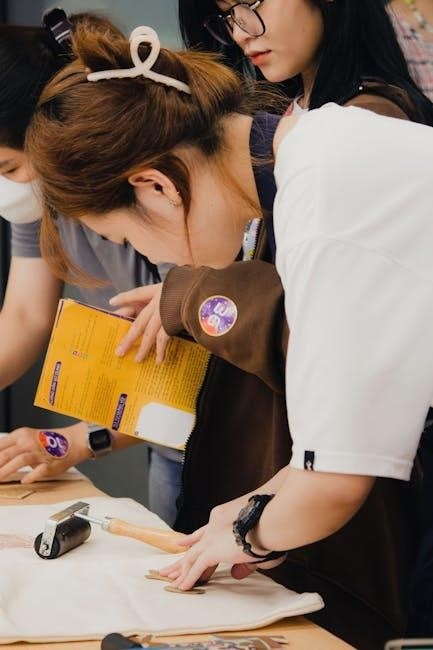
Mastering basic sewing techniques is crucial for any project. Start by placing your fabric under the presser foot, aligning the edge with the desired seam allowance marking on the needle plate. Lower the presser foot to secure the fabric. Gently depress the foot pedal to begin sewing, maintaining a consistent speed.
For straight stitches, guide the fabric evenly, letting the machine do the work. Avoid pulling or pushing the fabric, which can result in uneven stitches. To pivot, stop with the needle in the down position, raise the presser foot, and rotate the fabric to the new direction. Lower the presser foot and continue sewing.
To secure your stitches, use the reverse function at the beginning and end of each seam. Overlap a few stitches to prevent unraveling. When finished, raise the presser foot and remove the fabric, cutting the threads with the thread cutter on the machine. Practice these techniques to build a solid foundation for more complex projects.
Troubleshooting Common Issues
Encountering issues with your Singer Brilliance? Don’t worry, most problems have simple solutions. If the thread breaks frequently, check that the machine is threaded correctly, the tension is properly adjusted, and the needle isn’t damaged or bent. Ensure you’re using the correct type and size of needle for your fabric.
If the bobbin thread bunches up, re-thread the bobbin and top thread, making sure the bobbin is inserted correctly. Clean any lint or debris from the bobbin case and feed dogs. Uneven stitches may indicate incorrect tension; experiment with tension settings on a scrap fabric.
Skipped stitches can result from a dull or incorrect needle, improper threading, or incorrect presser foot pressure. Test different needles and re-thread the machine. If the fabric doesn’t feed properly, clean the feed dogs and ensure the presser foot is correctly installed. Refer to the manual for specific error codes and their solutions.
Adjusting Tension for Different Fabrics
Achieving the perfect stitch relies heavily on proper thread tension. Different fabrics require different tension settings to ensure balanced and even stitches. For lightweight fabrics like silk or chiffon, reduce the tension to prevent puckering or pulling. A lower tension setting allows the thread to flow more freely, creating a softer stitch.
For medium-weight fabrics like cotton or linen, a standard or slightly higher tension setting is usually appropriate. This ensures that the stitches are secure and the fabric is held firmly.
Heavier fabrics like denim or canvas require a higher tension setting to ensure the thread can penetrate the material effectively without looping or breaking. Test the tension on a scrap piece of the fabric before starting your project. Adjust the tension dial until the stitches appear balanced, with the top and bottom threads meeting in the middle of the fabric layers. If the top thread is visible on the bottom, reduce the tension. If the bobbin thread is visible on top, increase the tension.
Exploring Stitch Options and Applications
The Singer Brilliance sewing machine boasts a wide array of stitch options, each designed for specific purposes and creative effects. Straight stitches are the foundation of sewing, used for seams, topstitching, and general construction. Zigzag stitches offer versatility for finishing raw edges, creating buttonholes, and adding decorative accents.
Buttonhole stitches automate the creation of perfect buttonholes, ensuring consistent size and spacing. Stretch stitches accommodate fabrics with elasticity, preventing popped seams and maintaining garment shape. Decorative stitches provide endless possibilities for embellishing projects with intricate patterns and textures.
Blind hem stitches create invisible hems for a professional finish. Overlock stitches simultaneously sew a seam and trim the fabric edge, preventing fraying and creating a clean, durable finish. Experiment with different stitch lengths and widths to customize the appearance of your stitches. Refer to the stitch chart in your manual for detailed information on each stitch and its recommended applications.
Maintenance and Care Tips
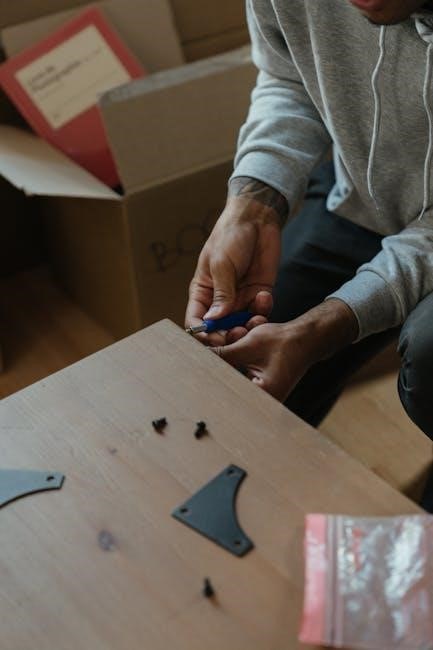
Proper maintenance is crucial for extending the lifespan and ensuring optimal performance of your Singer Brilliance sewing machine. Regularly clean the machine to remove lint, dust, and fabric scraps that can accumulate in the bobbin area and feed dog mechanism. Use a soft brush or vacuum cleaner attachment to gently remove debris.
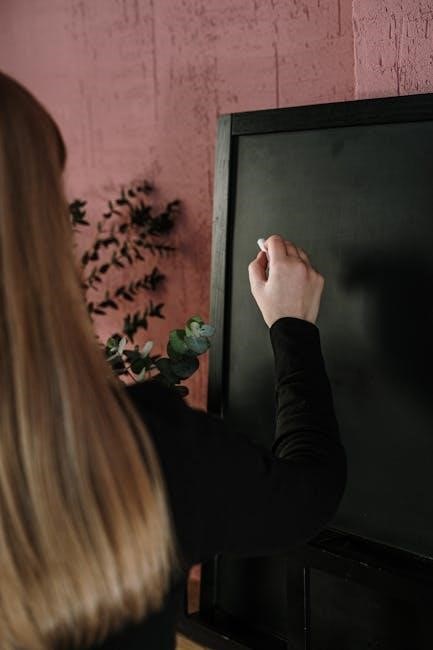
Oil the machine periodically to lubricate moving parts and prevent friction. Refer to your manual for specific oiling points and recommended oil type. Replace needles regularly, as dull or damaged needles can cause skipped stitches, fabric damage, and thread breakage.
Store the machine in a clean, dry place, away from direct sunlight and extreme temperatures. Cover the machine when not in use to protect it from dust and dirt. Schedule professional servicing at least once a year to ensure proper alignment, lubrication, and adjustment of internal components. By following these maintenance and care tips, you can keep your Singer Brilliance sewing machine running smoothly for years to come.
